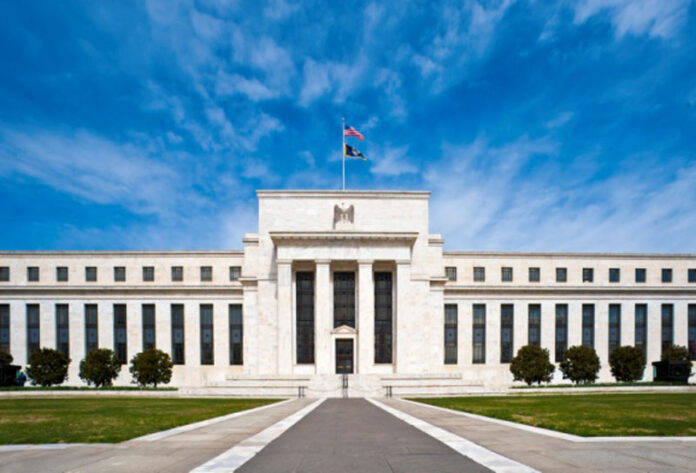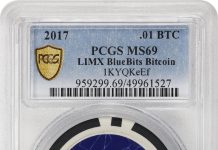
Technology has changed everyone’s life and none more so than American consumers. Digital photography, online shopping, in-app purchases, paperless transactions, and contactless payments are commonplace. McKinsey & Company’s ‘Survey of US Consumers’ reported that 78% of Americans utilized a digital payment method in 2020, undoubtedly exacerbated by Covid-19.
Today’s technology allows consumers to make payments or send money through Venmo, PayPal, or any of the other digital payment systems. But this system still involves credit card companies, banks, and other financial institutions. Those players “settle” the transactions as they are authorized and approved.
A Federal Digital Dollar?
On January 20, 2022, the United States Federal Reserve System’s Board of Governors released a paper that discussed how the United States domestic payment system could be improved. Among other things, it offered the pros and cons of creating a Central Bank Digital Currency (CBDC). The Fed then asked for commentary on its paper by May. The paper acknowledged the widespread popularity of digital assets and questioned how a CBDC might fit into today’s economy.
A Federal Digital Dollar would take money out of your digital wallet and place that money in your friend’s or a company’s digital wallet in one fast process. It would all then be recorded in the Federal Reserve’s digital ledger.
Today, the only currency available to citizens is paper currency (Federal Reserve Notes in denominations from $1.00 to $100.00). A digital currency option would enable the public to make their own digital payments and it would be, according to this Federal Reserve report, the “safest digital asset available to the general public, with no associated credit or liquidity risk.”
In March 2022, President Biden signed an executive order mandating federal agencies to evaluate the risks and rewards of how these digital assets might affect the U.S. economy and our entire global financial system.
Current non-governmental digital assets, such as Bitcoin and Ether require the backing of an underlying asset pool to maintain value. But that is not how a Federal CBDC would work.
The Benefits of a Federal CBDC
• Offering the general public digital assets that are free from credit and liquidity risk;
• Improvements to the speed and settlement of all types of international payments;
• As more countries are considering or are moving away from paper dollars and embracing digital currencies, a federal CBDC could support the U.S. dollar’s international status and retain it as the world’s international reserve currency;
• Aiding economically vulnerable communities in the U.S. by making wages, tax refunds, and other federal payments quicker, faster, and more secure.
The Risks in Offering CBDCs
• Reductions in the amounts of depos- in low-risk assets such as money market funds and Treasury Bills;
• Conversion of commercial bank deposits might cause a significant and rapid depletion of commercial bank deposits, threatening insolvency;
• The current banking system relies on federal regulations and mandates on banks to know their financial customers. Any CBDC system would have to incorporate all of those same requirements to maintain safety;
• Cyber security risks would be heightened and additional safeguards would be required;
• The Federal Reserve’s mechanisms to battle inflation through money policy changes might be severely impacted.

Federal Reserve Chairman Jerome Powell recently stated “You wouldn’t need cryptocurrencies if you had a digital U. S. currency. I think that’s one of the strongest arguments in its favor.”
In 2021, the Atlantic Council, a nonpartisan organization that promotes U.S. leadership in global affairs, released its Central Bank Digital Currency tracker and reported that nearly 90 countries were exploring issuing their own digital currency or are in the process of making that possibility a reality.
So, is this a “done deal” and a U.S. digital currency is just around the corner?
Not quite! While the federal government is studying the implications of ‘going digital’ there are numerous, important issues that need to be resolved before this becomes a reality. Cybersecurity, privacy, encryption, and its impact on financial systems throughout the world, are just a handful of concerns. None of these changes will happen overnight.
Federal Reserve Vice Chair Lael Brainard stated that creating a digital U.S. Dollar, “would likely take as long as five years. We recognize the risks of not acting, just as there are risks of acting.”
One type of cryptocurrency whose value is tied to an outside asset, such as the U.S. dollar or gold, to stabilize the price is called a ‘stablecoin.’ Other cryptocurrencies, like Bitcoin, do not require the trust of an intermediary financial institution to send or receive payments. That allows global use by almost anyone. But since they are not backed by outside assets, the prices can, and do, fluctuate wildly. This unpredictable nature makes them unreliable for the average person to use.
Would a federal CBDC be able to co-exist with today’s popular stablecoins? Will there be widespread public acceptance of such investment vehicles? Will the American public want and use it?
My advice would be to “buckle your seatbelt and hang on to your (digital) wallet!”
This article about the Federal Reserve creating a digital currency previously appeared in COINage magazine. To subscribe click here. Article by Mike Garofalo.














